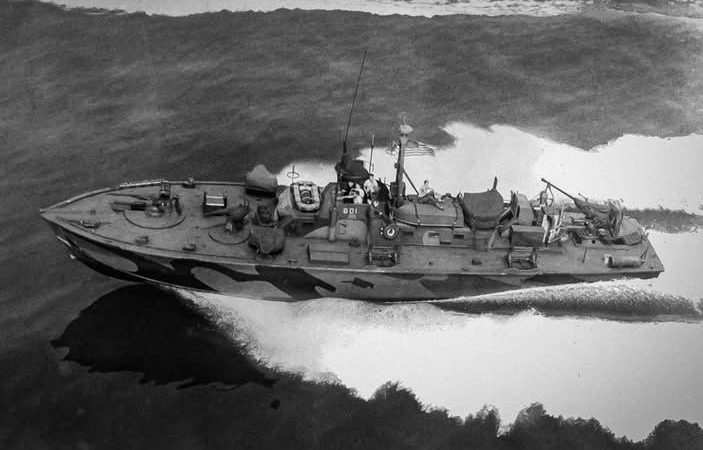Breaking the Sound Barrier: The Iconic SR-71 Blackbird – History’s Fastest Air-Breathing Aircraft
The SR-71 Blackbird, an icon of aviation history, represents the pinnacle of technological innovation and human ingenuity. Designed and built by Lockheed’s Skunk Works division in the 1960s, this aircraft remains the fastest air-breathing manned aircraft ever built, a record it still holds decades later.
Design and Development
The SR-71, also known as the Blackbird, was born out of the Cold War’s pressing need for a reconnaissance aircraft capable of evading enemy radar and anti-aircraft missiles. The result was an aircraft that could fly at speeds exceeding Mach 3 and at altitudes above 85,000 feet. The design team, led by the legendary Clarence “Kelly” Johnson, employed cutting-edge materials and design principles.

The Blackbird’s sleek, futuristic design was not just for show. Its unique shape and the use of titanium alloy were crucial for withstanding the extreme temperatures generated at such high speeds. The SR-71’s engines, the Pratt & Whitney J58, were equally revolutionary, capable of transitioning from turbojet to ramjet operation, allowing the aircraft to achieve its incredible speeds.
Operational History
First flown in 1966, the SR-71 quickly proved its worth. It served with the United States Air Force from 1966 until its retirement in 1998. The Blackbird’s primary mission was strategic reconnaissance. It could cover vast distances in a matter of hours, photographing large swathes of territory with its sophisticated cameras and sensors.
During its operational lifetime, the SR-71 flew numerous missions over hostile territories, gathering crucial intelligence during the height of the Cold War. Its speed and altitude made it nearly invulnerable to interception; in fact, no SR-71 was ever shot down by enemy forces. Pilots would often joke that the standard evasive maneuver was simply to “accelerate and climb.”

Technological Marvel
The SR-71 was more than just fast; it was a technological marvel. Its design incorporated many advanced features that were ahead of its time. For example, the aircraft’s skin panels were designed to fit loosely on the ground and seal up at high speeds due to thermal expansion. The fuel tanks were notorious for leaking when the plane was on the ground but would seal tight at cruising altitude due to the same expansion.
The Blackbird also pioneered the use of stealth technology. Although not a true stealth aircraft by today’s standards, its design minimized radar cross-section, making it difficult to detect and track. The use of special radar-absorbing materials further enhanced its survivability.

Legacy
Though retired from active service, the SR-71’s legacy endures. Its records for speed and altitude remain unchallenged, a testament to the vision and skill of its designers and pilots. The Blackbird also paved the way for future advancements in aerospace technology and stealth design.
Museums around the world now host the remaining SR-71 aircraft, where they continue to inspire awe and admiration. The Blackbird’s story is a reminder of what can be achieved when visionaries push the boundaries of technology and imagination.
In conclusion, the SR-71 Blackbird stands as a towering achievement in the annals of aviation history. Its combination of speed, altitude, and advanced technology remains unmatched, making it a true icon of the skies.
VIDEO:



